もっとスムーズなスキーと長持ちするギアが欲しい?ワックスが答えです。 知っておくべきことはこちら:
- なぜスキーにワックスをかけるの? 滑走性とコントロールが向上し、ベースの乾燥を防ぎます。
- いつワックスをかける? くすんだ部分、白っぽいまたはチョークのような箇所、滑走の低下、ターンのしづらさなどのサインを探しましょう。
-
どのくらいの頻度で? 使用状況によります:
- 軽い使用:シーズンに1~2回。
- 通常の使用:4~6回のセッションごと。
- 頻繁な使用:セッションごとに。
- ワックスのかけ方? ベースをきれいにし、加熱したアイロンでワックスを塗り、冷ましてから余分なワックスを削り取り、磨きます。
クイックヒント:湿った雪やパウダー雪の条件では、より頻繁にワックスをかけましょう。どんな地形でもスキーの性能を最高に保ちます。
詳細な手順とモデル別のワックスのコツを読み進めてください。
スキーのワックス方法 - 必要なすべての情報 || REI
ワックスが必要なサイン
Snowfeet スキーを最高の状態に保つために、再ワックスの明確なサインを見逃さないでください。
ベースの外観
スキーのベースは状態を多く教えてくれます。注目すべきポイントはこちら:
- 白っぽいまたはチョーク状の部分:スキーのベースにチョークのような灰色の残留物が見られたら、再ワックスの強いサインです。
- 鈍い部分:ベースの色あせや乾燥した部分もワックスの塗り替え時期を示しています。
これらの視覚的なサインは最初に現れますが、パフォーマンスの問題も重要な指標です。
パフォーマンスの問題
ゲレンデでのスキーの感触もワックスの必要性を示すサインになります:
- 滑走の低下:スキーが重く感じたり、特に平坦な場所で余計な力が必要な場合は、メンテナンスが必要です。
- 速度の不安定さ:慣れたコースで突然速度が変わるのは、ワックスが劣化している可能性があります。
- ターンの難しさ:スムーズでコントロールされた動きを維持するのが難しい場合は注意信号です。
環境条件はワックスの劣化を早めるため、定期的なメンテナンスがさらに重要になります。
天候と環境の考慮事項
ワックスは滑走性を向上させるだけでなく、さまざまな天候条件でベースの乾燥を防ぎます。
"スキーの滑走面に顕著なチョークのような灰色の残留物が見えたら再ワックスを。" – REI Co-op Publication
スキータイプ別ワックススケジュール
各Snowfeetモデルは、使用頻度、雪質、気温に応じて特有のワックスがけが必要です。以下のガイドラインを参考にして、ギアを最高の状態に保ちましょう。スキーの滑走面を定期的にチェックし、灰色やくすんで見えたらワックスがけのサインです。
Mini Ski Skatesのケア
Mini Ski Skates(38 cmと50 cm)は接地面積が小さいため、ワックスの摩耗が早いです。頻繁に使う場合は、よりこまめにワックスをかけましょう。使用頻度が少ない場合は、塗布間隔を伸ばせます。気温が32°F以上の暖かい条件や雪が湿っている場合は、より頻繁にワックスが必要です。
Skiskatesのメンテナンス
44 cmのSkiskatesは使用状況や場所によってワックスがけが必要です。整地された雪はワックスに優しいため、再塗布の頻度は少なくて済みます。しかし、新雪や混合雪の上を滑る場合は、より頻繁にワックスをかける必要があります。定期的なワックスがけは滑走面に滑らかな水膜を形成し、摩擦を減らします。
Skibladesとショートスキーのメンテナンス
大型モデルはベースが長いため、ワックスの扱い方が異なります:
- 65 cm Skiblades:特に荒れた雪や摩耗の激しい条件では、定期的なワックスが必要です。
- 99 cmモデル:定期的なメンテナンスを行い、保管前に必ずワックスをかけましょう。
- 120 cmモデル:ワックスの持ちは良いですが、パウダースノーでは特に注意が必要です。
"これらの動的な条件を理解することが私たちのアプローチの中心です。私たちのワックスは様々な雪質を深く理解して綿密に調合されており、スキーヤーが賢明な選択をするのを助けます。" – Swixsport.com
sbb-itb-17ade95
スキーのワックスがけ方法
Snowfeet skisを自宅でワックスがけすると、性能が向上し寿命が延びます。やり方はこちらです。
必要な道具
始める前にこれらのアイテムを用意しておきましょう:
- ワクシングアイロン(30~35ドル):スキー用ワックス専用の温度調節可能なアイロン
- スキー用ワックス(8~10ドル):ユニバーサルまたは温度別のワックスを選びましょう
- プラスチックスクレーパー(6~8ドル):余分なワックスを取り除くために
- ナイロンブラシ:清掃と仕上げに
- 柔らかい布:仕上げ用の磨きに
- 消毒用アルコール:ベースを清掃するために
- スキーバイスまたはクランプ:スキーをしっかり固定するために
すべての準備が整ったら、スキーのベースをきれいにしてワックスが効果的に吸収されるようにします。
ベースのクリーニング
きれいなベースは適切なワックス塗布の鍵です。スキーを室温に戻すことから始めましょう。冷たいベースはワックスをよく吸収しません。
- スキーを固定する スキーのベースを上に向けてバイスに固定します。必要に応じて、ゴムバンドでスキーブレーキを引き戻してください。
- 汚れをブラッシングで落とす ナイロンブラシを使って、先端から尾部に向かって表面の汚れを取り除きます。頑固な汚れには銅ブラシに切り替え、軽い圧力をかけてください。
- ディープクリーニング 柔らかい布に消毒用アルコールを湿らせ、オイルや埋まった汚れを取り除くためにベースを丁寧に拭きます。約20分間乾かしてください。
ワックスの塗布
プロ品質の仕上がりを得るために、次の手順に従ってください:
- アイロンを加熱する ワックスに適した温度にワクシングアイロンを設定します。ユニバーサルワックスは通常、約120°F(49°C)で溶けます。
- ワックスを滴らせる ワックスを加熱したアイロンに当て、ベース全体に均一に滴らせます。ゆっくり、中速、速い速度の3回のパスで表面全体をカバーしてください。
- ワックスを塗る アイロンを先端からテールに向かって滑らかに動かし、同じ場所で過熱しないように常に動かし続けます。REIの専門家が説明するように:「定期的に新しいグライドワックスを塗ることで、スキーやスノーボードの寿命が延び、速く滑りやすくなり、ターンも楽になります」。
- 冷ます ワックスがベースにしっかり浸透するように、スキーを室内で30~60分冷ましてください。
- スクレイプ&ポリッシュ プラスチックスクレーパーを使って余分なワックスを先端からテールに向かって取り除きます。その後、ベースをブラッシングして滑らかにし、柔らかい布で仕上げて光沢を出します。
モデル別ワックスのコツ
ミニスキースケートのワックスがけ
38cmと50cmモデルのコンパクトなデザインは正確なワックスが必要です。滑らかな滑走のために薄く均一にワックスを塗布してください。頻繁に使用する場合は4~6回のセッションごとにワックスをかける計画を立てましょう。現在の雪の状態に適したワックスを使用し、アイロンは285°F(140°C)に設定して最良の結果を得てください。
Skiskatesワックスガイド
Skiskatesは木製コア構造のため、一般的なメンテナンス以上の特別なケアが必要です。ワックスの頻度は使用頻度によって異なります:
- シーズンに数回しか滑らない場合は、1~2回のワックスで十分です。
- 週に数回使用する場合は、4~6回の使用ごとにワックスをかけることを目標にしましょう。
- 毎日またはパフォーマンス重視のユーザーは、各セッション前に素早くワックスをかけることを検討してください。
木製コアとベースの接合部に特に注意し、アイロンを一定の速度で動かして均一に塗布してください。
Skibladesとショートスキーのケア
長いスキーの場合、パフォーマンスと耐久性を維持するために詳細なワックスルーティンが重要です。雪の種類に応じてワックスを選びましょう:パウダーには低フッ素、湿った条件には高フッ素、人工雪面にはユニバーサル。最適なケアのために以下の手順に従ってください:
-
ベース準備
ベースをしっかりと清掃し、ワックスを均一に塗布します(特に先端とテールに重点を置いて)、その後少なくとも4時間冷ましてからスクレイピングしてください。 -
エッジケア
ブラシを使って滑走方向に沿ってベースを滑らかにし、エッジとベースの間の移行をきれいに整えます。 -
保管時の保護
長期間保管する場合は、ベースを保護するために厚くて削っていないワックスの層を塗ってください。
ワクシングケアのまとめ
スキーを定期的にワックスすることは、パフォーマンスを維持するための鍵です。きれいで滑らかなベースは雪上での滑りを容易にします。ベースが摩耗したり鈍く見え始めたら、ワックスを再塗布する時期です。
使用頻度に基づくワックスの塗り方の簡単なガイドはこちら:
| 使用レベル | ワクシングの頻度 | 追加のヒント |
|---|---|---|
| 軽い使用(シーズンに数回) | シーズンに1~2回 | ベースを保護するためにワックスの層を塗って保管する |
| 定期的な使用(週末の外出) | 4~6回のセッションごとに | ベースの摩耗に注意を払う |
| 頻繁な使用(週に数回) | セッションごとに | 毎日装備を点検する |
役立つワクシングのヒント:
- 使用するワックスに適した温度にワクシングアイロンを設定してください。
- ワックスをベース全体に均一に広げてください。
- ワックスを完全に冷ましてから削り取ってください。
- オフシーズン中は、スキーを保護するためにワックスの層を塗って保管してください。
ワックスがけの必要性は雪の状態によって異なることを覚えておいてください。新雪は整備されたトレイルよりも頻繁なワックスがけが必要なことが多いです。これらのステップに従うことで、スキーは最高のパフォーマンスを維持し、毎回のセッションに備えることができます。
よくある質問
雪の状態や天候はワックスがけの頻度にどのように影響しますか?
雪の状態や天候はワックスがけの頻度を決める大きな要因です。雪の温度、気温、湿度、雪の種類などがワックスの摩耗速度やスキーの性能に影響を与えます。
例えば、寒く乾いた雪はより研磨性が高くワックスが早く剥がれるため、より頻繁なワックスがけが必要です。一方、湿ったり暖かい雪は適切なワックスがけをしないとスキーが粘着性を感じることがあります。新雪、人工雪、氷結した地形も滑らかな滑走を確保するために特定のワックスが必要な場合があります。
天候や雪の状態を注意深く観察することで、ワックスがけのスケジュールを調整し、最適なパフォーマンスを維持し、スキーの不必要な摩耗を防ぐことができます。
Mini Ski Skatesのワックスがけの必要性は従来のスキーとどう違いますか?
Mini Ski Skatesのワックスがけの必要性は、そのサイズと使用目的により従来のスキーとは異なります。Snowfeetの38cmや44cmモデルのようなMini Ski Skatesは表面積が小さいため、ワックスの量が少なく準備時間も短くて済みます。しかし、RossignolやAtomicのようなブランドの従来のスキーと同様に、滑走性を維持しベースの摩耗を防ぐために定期的なワックスがけは重要です。
Mini Ski Skatesの場合、雪の状態や使用頻度によりますが、通常3~5回の使用ごとにワックスがけをするのが十分です。一方、従来のスキーはベースが大きく速度も速いため、より頻繁なワックスがけが必要になることがあります。Mini Ski Skatesでもフルレングスのスキーでも、雪の温度に合った適切なワックスを使うことが最高のパフォーマンスを保証します。
スキーのワックスがけに普通の家庭用アイロンを使えますか、それとも特別なワックスアイロンが必要ですか?
スキーのワックスがけに家庭用アイロンを使うことは推奨されません。家庭用アイロンはスキーのワックスがけに必要な一定で低い温度を維持するよう設計されておらず、過熱してスキーを損傷する可能性があります。スキー専用のワックスアイロンの方が温度管理が正確で、ワックスが均一に溶けてギアを保護します。





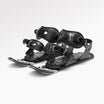
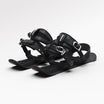
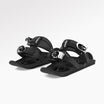
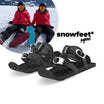
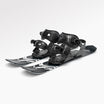
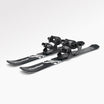
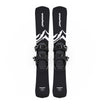
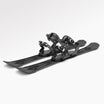
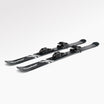
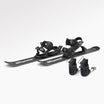
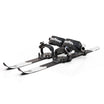
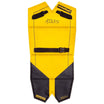
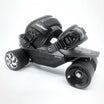
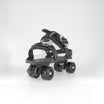
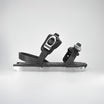
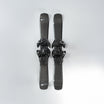



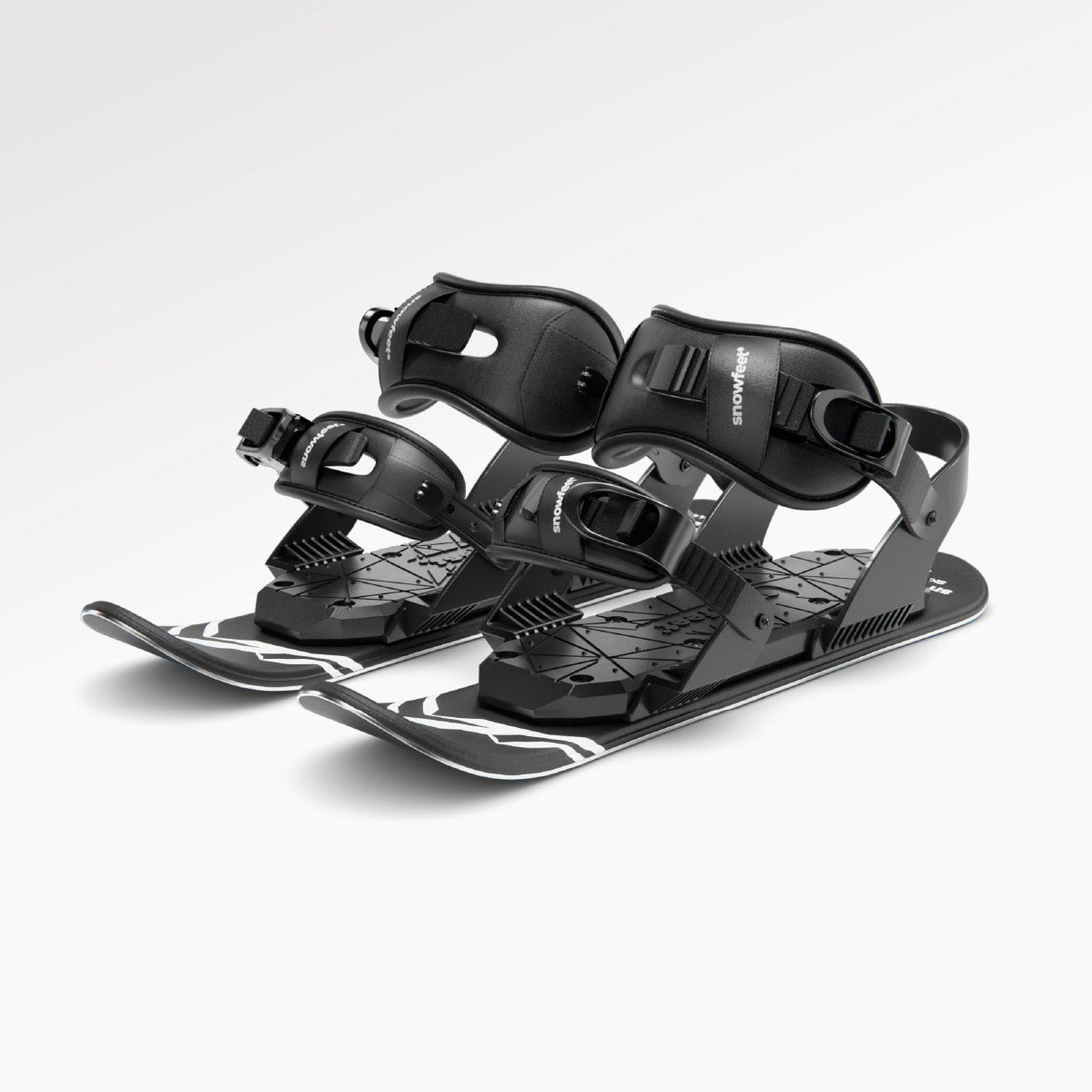

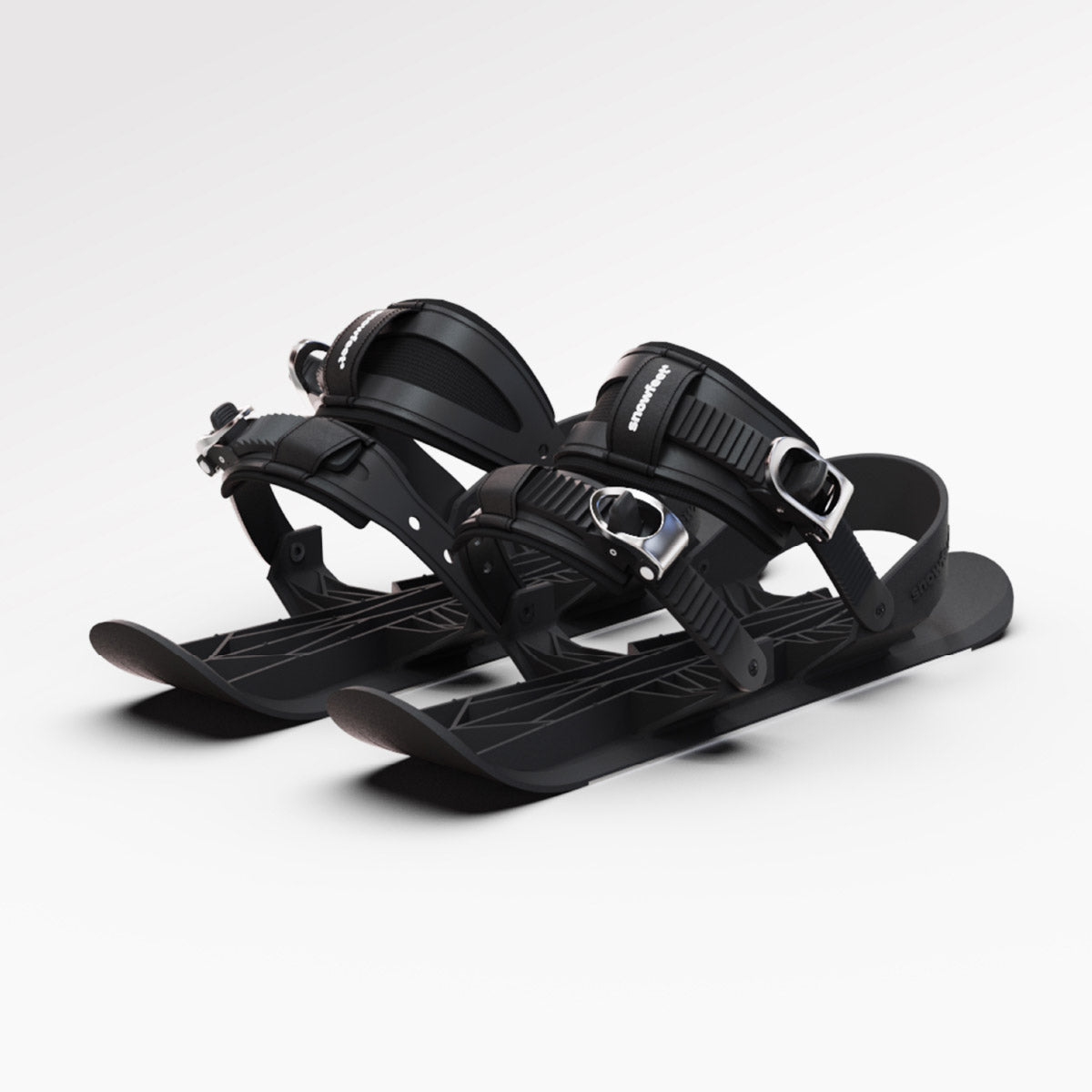

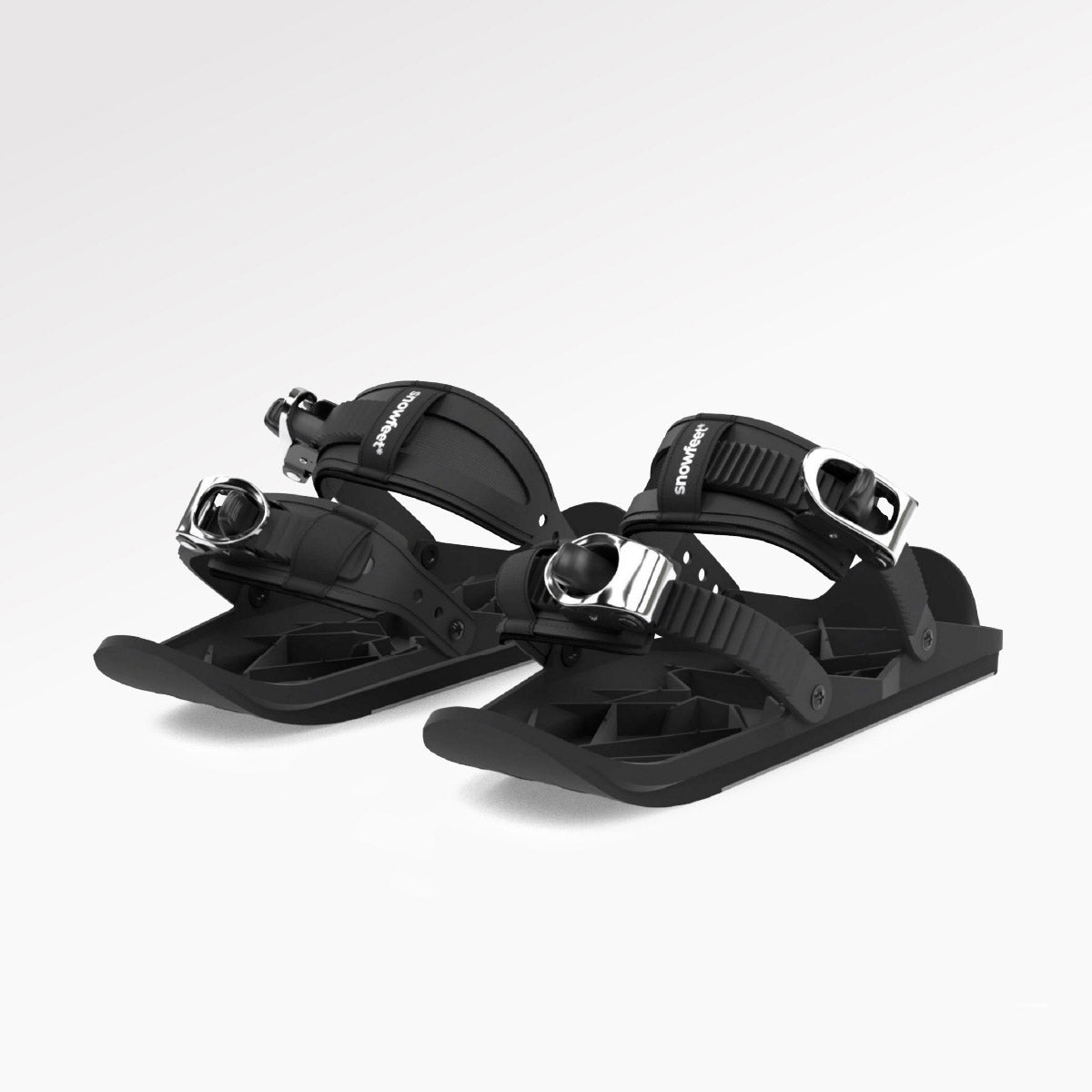

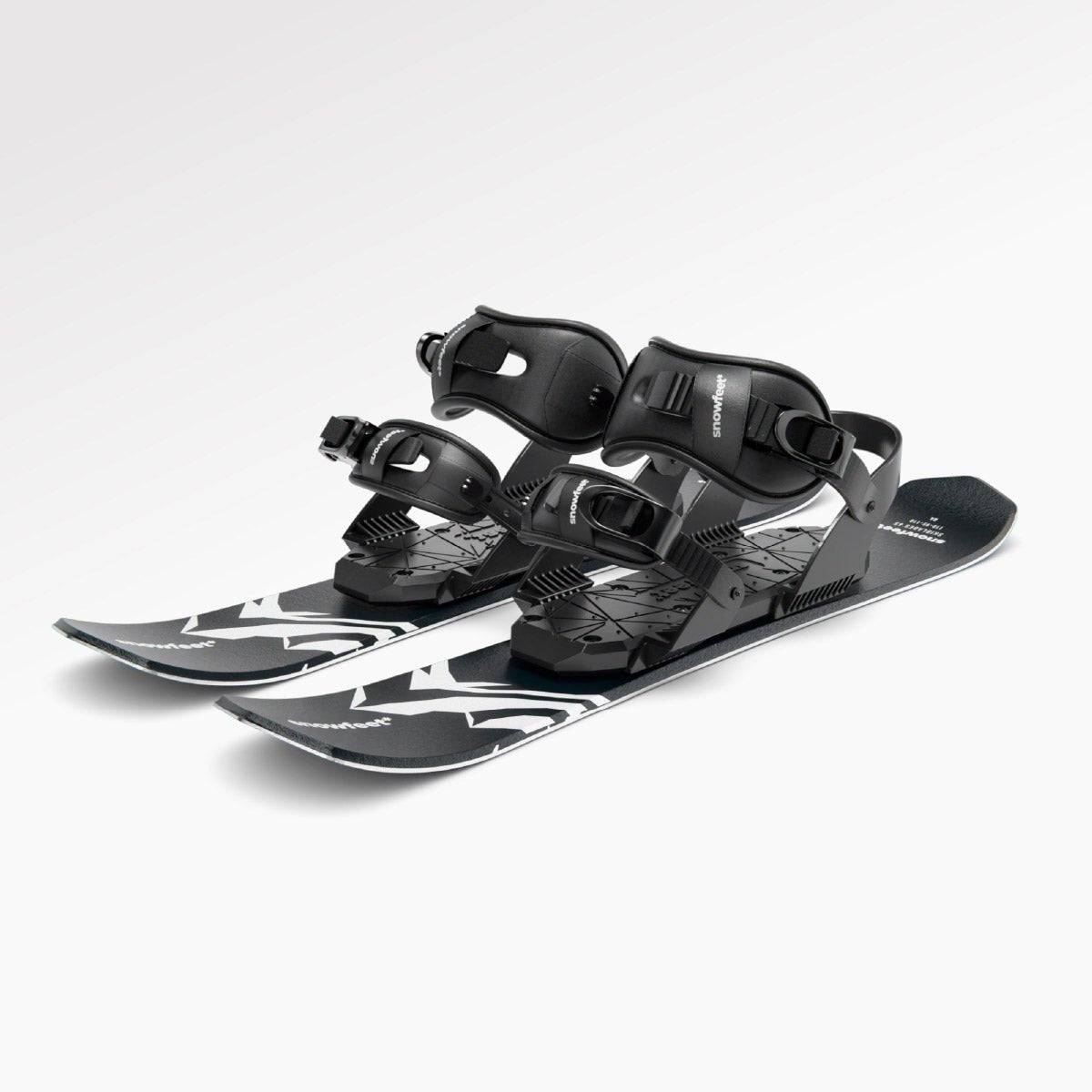

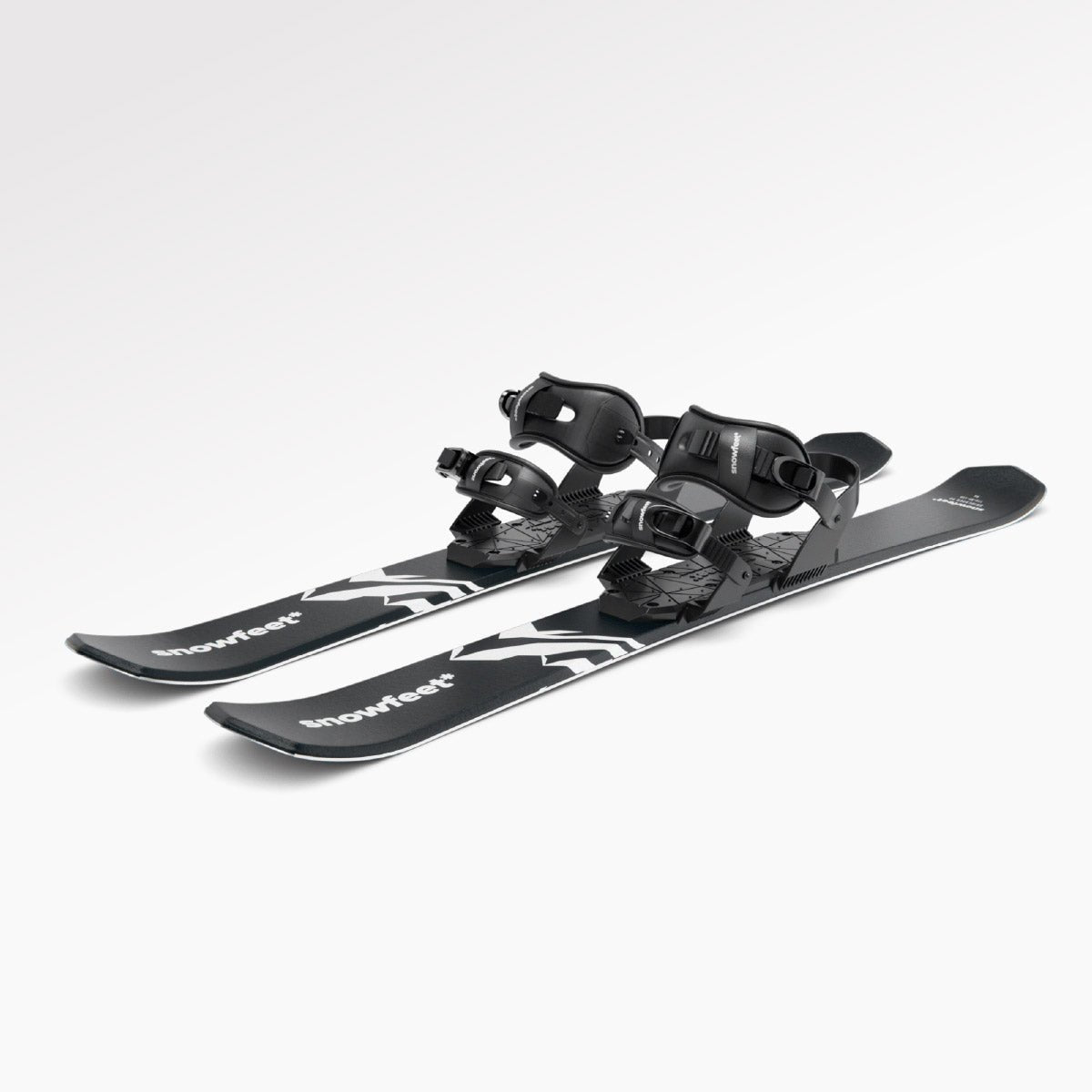

コメントを残す
このサイトはhCaptchaによって保護されており、hCaptchaプライバシーポリシーおよび利用規約が適用されます。